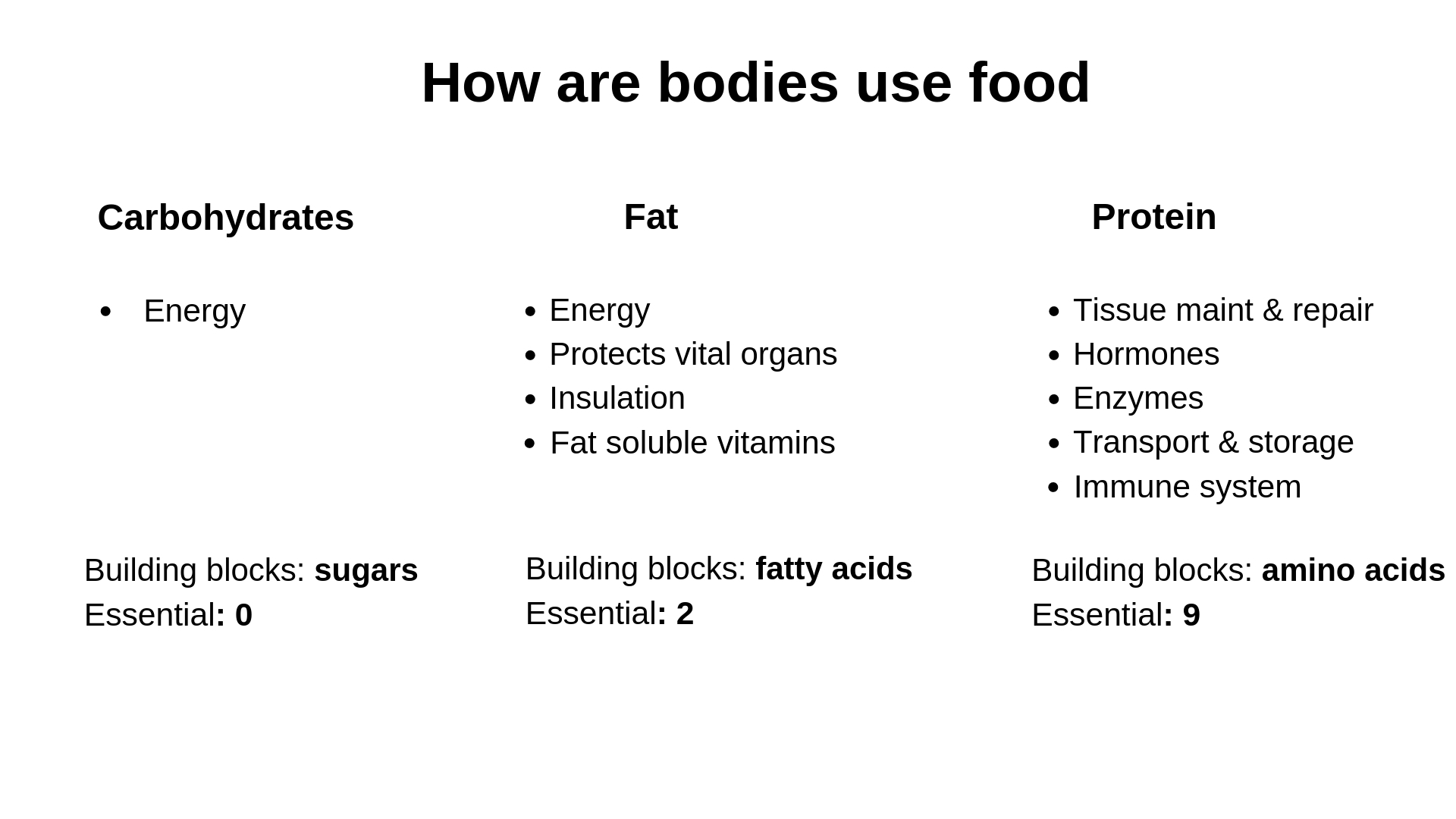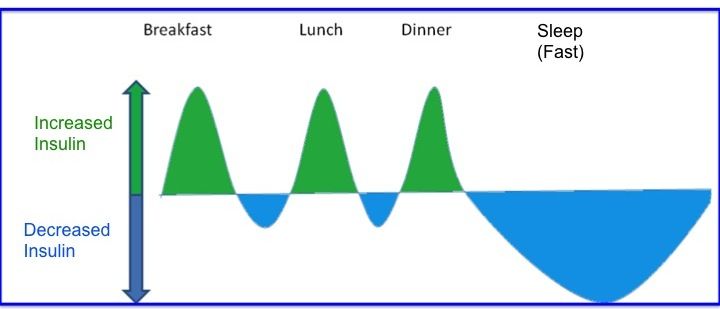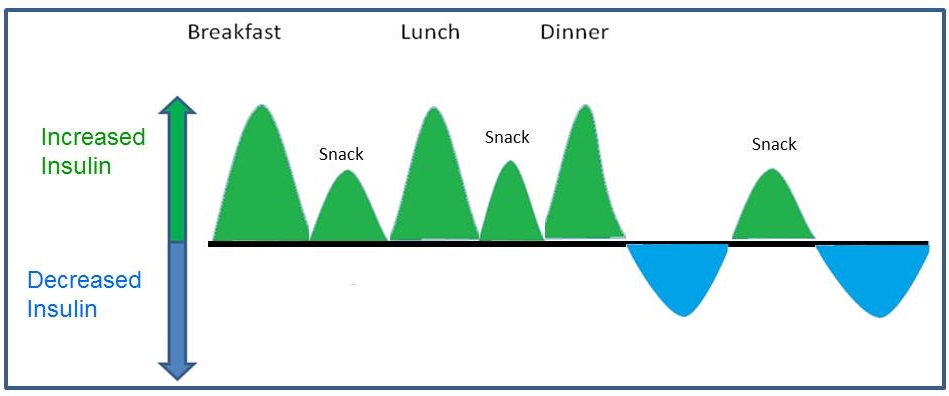 Obesity and Diabetes is a metabolic disease. Based on our research the best diet to accomplish weight loss and reversing diabetes is a Low Carb – Ketogenic Diet. Further research shows that cancer, Alzheimer’s, dementia and aging are related to metabolic disease. While research is continuing in these areas the benefit of the ketogenic lifestyle is growing. However it important to understand what is a ketogenic diet against typical hype and monetarization associated with new diets.
Obesity and Diabetes is a metabolic disease. Based on our research the best diet to accomplish weight loss and reversing diabetes is a Low Carb – Ketogenic Diet. Further research shows that cancer, Alzheimer’s, dementia and aging are related to metabolic disease. While research is continuing in these areas the benefit of the ketogenic lifestyle is growing. However it important to understand what is a ketogenic diet against typical hype and monetarization associated with new diets.
Here is what is covered in this article:
- What is the ketogenic diet and the physiology
- Alternate fuel source (Ketones)
- Entering a state of ketosis
- Ketone adaption (fat adapted)
- Why does a ketogenic diet work
- Insulin Resistance
- Reduction of Inflammation
- Further Medial Details
What is the ketogenic diet and the physiology behind it?
- Number one, the ketogenic diet is a low carbohydrate diet, typically under 50 grams of total carbs a day, and often under 30 grams per day.
- Number two, the ketogenic diet is moderate protein, not a high protein. You can do this diet without eating meat. The point is to have the needed protein to repair cells and build muscle.
- Then eat good fats, including saturated fats and monounsaturated fatty acids (Extra virgin olive oil, avocado oil, macadamia oil) until you feel full. Feeling satiated is a characteristic of this diet that occurs as the resistance to hunger hormone is brought back in balance. For me, this reduces the compulsion to eat beyond what I needed. Being satiated makes being on this diet more compelling as it is not about feeling hungry.
Alternate Fuel Source (Keytones)
For centuries, scientists and doctors have known that our cells are fueled by glucose, but it wasn’t until the 1950s that they discovered that ketones could also fuel cells. Ketones are produced when the body breaks down fat (triglycerides) producing ketones which can be absorbed by the cells without insulin. The two sources of fuel are glucose (short-term/low supply) and ketones (long-term/high supply).
Entering a state of ketosis
Glucose is generated from carbohydrates and are available in the bloodstream (after eating) and stored in the liver and muscle in glycogen stores (as easily convertible back to glucose). The body will burn glucose first. Not until the blood level and glycogen levels are low will fat be used as a primary source of fuel.
With today’s diets which are high in carbohydrates and eating is frequent throughout the day, and insulin is the fat storing hormone that shuts down fat burning, our fundamental condition is excess glucose, weight gain, and insulin resistance.
The ketogenic diet lowers carbs and includes a medium level of protein which reduces both glucose and glycogen stores. This reduction, done consistently, triggers the body to burn fat as the primary source of fuel. Burning fats produce ketones.
You can determine whether you reach ketosis by measuring your blood ketone levels using a blood monitor (see: Tools for monitors). Here are the there levels of nutritional ketosis:
- Light ketosis: 0.5 – 0.8 mmol/L
- Medium ketosis: 0.9 – 1.4 mmol/L
- Deep ketosis: 1.5 – 3.0 mmol/L
For people that have server medical condition look to achieve higher levels of ketosis. Dr. Thomas Seyfrieds at Boston College, who uses the ketogenic diet for preventing or curing cancer defines:
- Therapeutic ketosis 3.0 – 6.0 mmol/L
You may have heard people mention Ketoacidosis in connection with the ketogenic diet. Ketoacidosis occurs when there is an uncontrolled ketone production (15-25 mmol/L, which is typically accompanied by a high concentration of blood glucose. During a ketogenic diet, the focus is on lowering blood glucose. It is important to know that Ketoacidosis is typically not seen in healthy individuals implementing a ketogenic diet as a controlled process that raises blood ketones levels to at most 5 to 7 mmol/L. Ketoacidosis is uncontrolled with blood ketone levels starting at 15 to 25 mmol/L.
Keto adaption (fat adapted)
Most of us have been consuming a carbohydrate diet for most of our lives. It takes time for our body to adjust and to use fat as a primary source of fuel. Making this adjustment is why I suggest going slow at first (See how to start). Sugar is an addiction, so as with any addiction there are some side effects as you begin to stop taking these foods. This transition is called the Keto Flu. These symptoms include:
- Lack of energy (gap between having glucose and begin using fat for energy)
- Headaches
It could take weeks, a month, or more to become fat adapted depending on your approach and other factors such as activity level, physiology, and level of insulin resistance.
Why does ketogenic diet works?
Understanding how the macronutrients are used
There are four macronutrients classes, and 3 are foods; carbohydrates, fat, protein, and alcohol. Yes, alcohol is a non-food macronutrient and alcohol can be included on a well designed ketogenic diet. More on that later.
Typically our focus has been on managing calories, that assumes that every calorie is the same. Do 50 grams of broccoli have the same metabolic response as 50 grams of sugar?

Here is how we use these three macronutrients. Both carbs and fat provide energy. However fat also offers other essential factors to our health as well. There were no clinical studies to provide evidence of why we should take fat out of our diets. Furthermore, only 2 of these categories are essential, fat and protein. What it means by crucial is that the body can not generate these building blocks. The body can produce glucose from proteins and fats. Carbs are not essential. It is not that you will not consume them, but from what source and how much is part of a well-balanced diet.
What is the insulin response to the 3 macronutrients
 A common trait for people that are overweight, have prediabetes, or have diabetes is that they have elevated insulin or insulin resistance. While everyone response can be different there are common traits for everyone Insulin is the weight storage hormone .and insulin resistance is the cause of diabetes, it is essential to reduce insulin. Carbs cause the most significant insulin response followed by protein. If you look at the insulin response to fat, it is very low. Contrary to current recommendations, high fat and low carb diets are essential for losing weight and reversing diabetes based on science.
A common trait for people that are overweight, have prediabetes, or have diabetes is that they have elevated insulin or insulin resistance. While everyone response can be different there are common traits for everyone Insulin is the weight storage hormone .and insulin resistance is the cause of diabetes, it is essential to reduce insulin. Carbs cause the most significant insulin response followed by protein. If you look at the insulin response to fat, it is very low. Contrary to current recommendations, high fat and low carb diets are essential for losing weight and reversing diabetes based on science.
Insulin Resistance
A common trait of our biology is to generate resistance, whether that is to alcohol, drugs, and diseases. Vaccines work utilizing the resistance principles. Insulin is no different. The more we take of the drug or in this case insulin, over time, we become insulin resistance. Over time, It takes more insulin to move the same amount of glucose into cells.
Eating a high carb diet along with eating multiple times per day and consuming sugary drinks throughout the day our body is in a constant state of needing insulin.
Insulin was designed to be triggered when eating meals, then go away for hours. A typical insulin pattern is depicted below.

We eat, insulin is produced to move the glucose out of the bloodstream into the cells. Then it goes away, without causing insulin resistance.
However, over the last 50-60 years, the recommended diet was low fat and high carbohydrates. Carbohydrates and chemicals replaced the fats. Carbohydrates are not very tasty. Sugar was added to carbs to make the taste more appealing. For many reasons, not for our benefit, refined sugar and chemicals replaced regular sugar.
To make matters worse, we were encouraged to eat more meals and have snacks between meals. Add in sugary drinks consumed at mealtime, in between, and after dinner, the pattern of insulin utilization has changed to our determent.

Insulin is the hormone that causes fat storage, conversion of glucose into fat. Since the body can only store a small amount of glucose, the rest is stored as fat.
The result is weight gain and insulin resistance.
Diabetes is a disease of insulin resistance.
Note that our medical solutions for diabetes, in most cases, focus with moving glucose out of the bloodstream by raising insulin levels directly or indirectly. Blood sugar is a symptom of diabetes, not the cause and therefore the condition gets worse — the ketogenic diet focus on the cause, insulin resistance by lowering insulin levels, reducing and then eliminating the need for insulin for Type 2 Diabetes.
Reduction of inflammation
As indicated in the chart above, we derive energy from carbs via glucose and fat via ketones. Studies have shown that the utilization of ketones bodies produced from fat lower inflammation. Inflammation is implicated in many of our diseases, including heart disease and cancer. There are other benefits from the ketogenic diet.
Further medical details
For a full explanation of the ketogenic diet and the science driving it, take the time to view the video by Dr. Sarah Hallberg who is the medical director of Virta Health Corp.
00:00 – Introduction
03:55 – State of the problem
06:10 – Explain the Ketogenic diet & Science behind it
16:00 – What is insulin resistance (cause of diabetes)
19:10 – Energy on a Ketogenic diet – How it works
21:23 – ABA guidelines – low-fat recommendation vs ketogenic recommendation
23:50 – Understanding what is a well formulated ketogenic diet
28:13 – Who should not go on a ketogenic diet
31:00 – Benefits of Nutritional Ketosis
31:41 – Reason for slow change in making this the standard practice
32:28 – Review of the studies on low fat vs low carb
42:19 – Exaggerated news – distortion of information
45:28 – Review of the 5-year study of the ketogenic diet at Indiana University
51:48 – Impact when a community adopts the ketogenic lifestyle. It is happening.
52:25 – Summary of Ketogenic nutritional guidance
52:35 – Q&A
